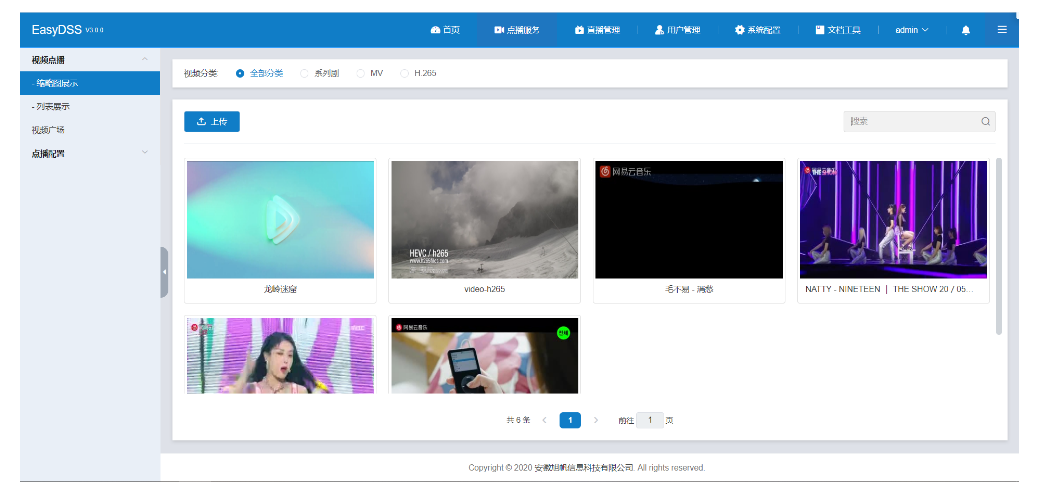What I want to get is a statistic with each month from a generate_series and the sum of the counted id's in every month. This SQL works in PostgreSQL 9.1:
SELECT (to_char(serie,'yyyy-mm')) AS year, sum(amount)::int AS eintraege FROM (
SELECT
COUNT(mytable.id) as amount,
generate_series::date as serie
FROM mytable
RIGHT JOIN generate_series(
(SELECT min(date_from) FROM mytable)::date,
(SELECT max(date_from) FROM mytable)::date,
interval '1 day') ON generate_series = date(date_from)
WHERE version = 1
GROUP BY generate_series
) AS foo
GROUP BY Year
ORDER BY Year ASC;
And this is my output
"2006-12" | 4
"2007-02" | 1
"2007-03" | 1
But what I want to get is this output ("0" value in January):
"2006-12" | 4
"2007-01" | 0
"2007-02" | 1
"2007-03" | 1
So if there is a month with no id it should be listed nevertheless. Any ideas how to solve this?
Here is some sample data:
drop table if exists mytable;
create table mytable(id bigint, version smallint, date_from timestamp without time zone);
insert into mytable(id, version, date_from) values
('4084036', '1', '2006-12-22 22:46:35'),
('4084938', '1', '2006-12-23 16:19:13'),
('4084938', '2', '2006-12-23 16:20:23'),
('4084939', '1', '2006-12-23 16:29:14'),
('4084954', '1', '2006-12-23 16:28:28'),
('4250653', '1', '2007-02-12 21:58:53'),
('4250657', '1', '2007-03-12 21:58:53')
;





